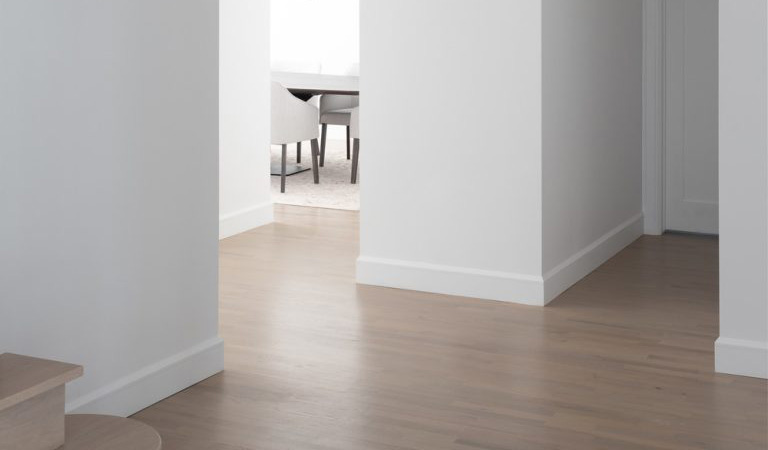 One of the most understated elements in home decoration is the skirting board. While it may seem like a small detail, skirting boards play a crucial role in protecting your walls from scratches, impacts, and dampness. Not to mention, they can add real character to a room and enhance the overall aesthetic appeal of your living space. If you want your skirting boards to last longer and keep their good looks, you need to maintain them properly. In this guide, we will take you through everything you need to know about skirting world.
One of the most understated elements in home decoration is the skirting board. While it may seem like a small detail, skirting boards play a crucial role in protecting your walls from scratches, impacts, and dampness. Not to mention, they can add real character to a room and enhance the overall aesthetic appeal of your living space. If you want your skirting boards to last longer and keep their good looks, you need to maintain them properly. In this guide, we will take you through everything you need to know about skirting world.
Clean your skirting boards regularly:
The first step in skirting board maintenance is to clean them regularly. Dirt, dust, and grime can accumulate on your skirting boards over time, making them look dull and discolored. Use a soft cloth or a damp sponge to wipe down the skirting boards at least once a week. For stubborn stains, you can use a mild detergent solution mixed with water.
Paint your skirting boards:
If your skirting boards start to look dull or faded, it’s time to give them a fresh coat of paint. Painting your skirting boards not only enhances their appearance but also helps to protect them from moisture and wear and tear. Before you start painting, make sure you clean and dry the skirting boards thoroughly. Sand them lightly to remove any rough areas, and then apply 2-3 coats of paint, waiting for each coat to dry thoroughly before applying the next one.
Repair any damage:
Skirting boards can get damaged from time to time, especially if you have pets or kids at home. If you notice any cracks, chips, or dents in your skirting boards, it’s essential to repair them as soon as possible. Use a filler to fill in any holes or gaps, then sand them down and paint over them to match the existing color. Even if the damage seems minor, it’s essential to fix it before it becomes more extensive.
Install protective strips:
Skirting boards are vulnerable to impact damage from furniture and vacuum cleaners. One way to prolong their life is by installing protective strips at the base. These strips come in different materials, including rubber, plastic, or foam, and can be cut to fit the length of your skirting boards. They absorb the impacts from the vacuum cleaner or furniture legs, preventing scratches and chips on your skirting boards.
Choose the right material:
Finally, it’s essential to choose the right material for your skirting board. MDF, oak, and pine are some of the most common materials used for skirting boards. While MDF is cheaper, hardwood options like oak and pine are more durable and can last for years with proper care. Consider the overall style and durability when choosing your skirting board material.
Conclusion:
In conclusion, skirting board maintenance is an essential aspect of home decoration and upkeep. By following the tips outlined above, you can ensure that your skirting boards not only look good but also last longer. Regular cleaning, painting, and repair can help protect your skirting boards from moisture, wear and tear, and impact damage, thus prolonging their lifespan. Additionally, the right choice of material and installation of protective strips can also go a long way in keeping your skirting boards in good condition. With a little effort and care, you can keep your skirting boards looking as good as new for many years to come.